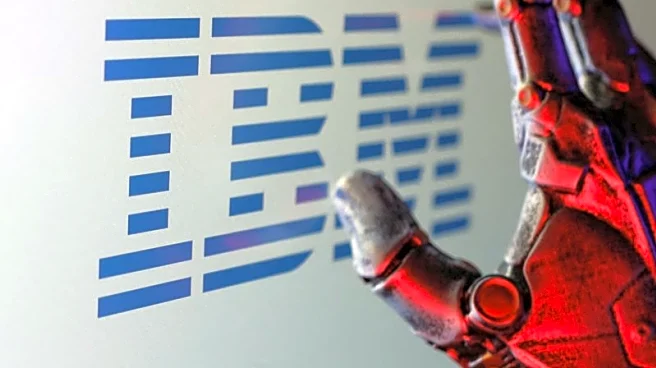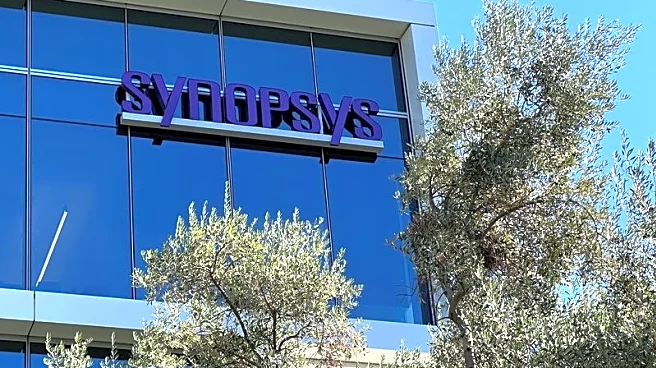What's Happening?
IBM has announced significant advancements in quantum computing at its annual Quantum Developer Conference. The company introduced the IBM Quantum Nighthawk processor, designed to achieve quantum advantage
by the end of 2026. This processor features 120 qubits linked with 218 tunable couplers, allowing for more complex circuit execution with low error rates. IBM also revealed new capabilities in its Qiskit software, which increases accuracy and reduces the cost of extracting results. The company is working towards fault-tolerant quantum computing by 2029, with the IBM Quantum Loon processor demonstrating key components needed for error correction.
Why It's Important?
These developments mark a critical step towards realizing practical quantum computing, which could revolutionize industries by solving problems beyond the reach of classical computers. Quantum advantage would enable breakthroughs in fields such as cryptography, materials science, and complex system modeling. IBM's advancements in error correction and processor architecture are essential for achieving reliable quantum computation, which is crucial for widespread adoption and integration into existing technological frameworks.
What's Next?
IBM plans to continue scaling its quantum processors and enhancing software capabilities. The company aims to extend Qiskit with computational libraries for machine learning and optimization by 2027. IBM's efforts to achieve verified quantum advantage will involve collaboration with the global quantum community, encouraging contributions to a quantum advantage tracker. As quantum computing matures, integration with high-performance computing environments will expand its applications and accessibility.
Beyond the Headlines
IBM's advancements highlight the growing intersection between quantum computing and traditional computing environments. The introduction of a C++ interface to Qiskit reflects the need for seamless integration with existing HPC systems, paving the way for broader adoption across scientific and industrial sectors. The pursuit of fault-tolerant quantum computing underscores the importance of developing robust error correction methods, which are vital for the long-term viability of quantum technologies.













